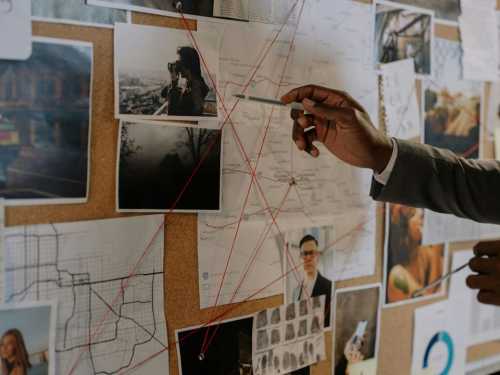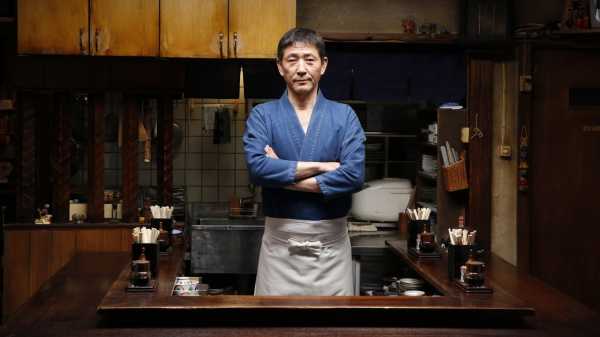
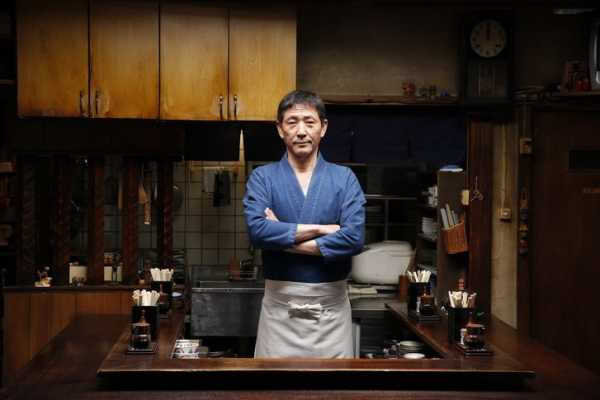
Photograph courtesy Netflix
“Midnight Diner”
“Midnight Diner” is a Japanese TV show about a tiny restaurant in a busy
part of Tokyo that’s only open while most people are asleep. “When
people finish their day and hurry home,” the restaurant’s chef, known
only as “the Master,” explains, “my day starts.” His menu is
minimal—usually just pork-and-vegetable noodle soup, beer, and sake. But
most of his regulars, who are restless, lonely, or looking for a quiet
place to take the edge off a long day, come for the company. The
Master—soulful and stoic, with a mysterious scar across his
face—welcomes them all. He is an exceptional listener, and he’ll cook
whatever you want, so long as you supply the ingredients.
The most recent season, on Netflix, features a vibrant set of night
owls: a washed-up, Jerry Lewis-like insult comic; a cult TV actor turned
cab driver; a veteran porn star; a gambler’s bright-eyed son; and a
charmingly absent-minded scientist. Like “Cheers” or “High Maintenance,”
the show deftly finds whimsy in the mundane. But it also captures a
penetrating sense of melancholy: for many of the characters, the diner
seems a refuge from who they’ve become. One especially great episode
follows an aging bachelor haunted by his mother’s ghost; he wonders if
the unfinished business that’s keeping her around is the collection of
rare erotica he can’t bear to get rid of.
“Midnight Diner” is the rare show that I love but can’t binge-watch—I
need to savor the show’s slow, meditative rhythms. The same goes for the
food, which we see the Master prepare, and which always looks delicious.
It’s particularly moving when regulars ask him to make their childhood
favorites—a reminder of the basic comfort that his diner provides.
Nighttime is when feelings of euphoria, or despair, feel particularly
acute. Yet there’s a simple pleasure to eating with strangers, and
swapping stories, in a small room full of people who can be alone
together.—Hua Hsu
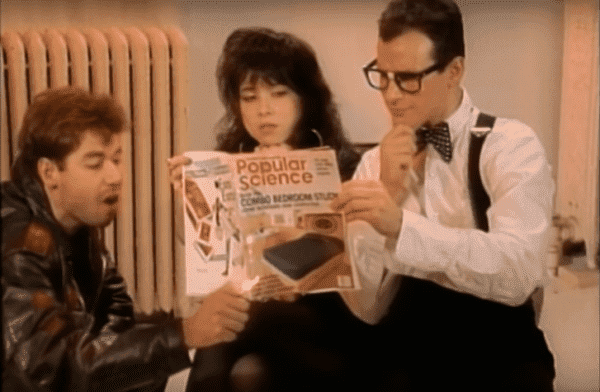
Courtesy of Vevo on YouTube
MTV Classic
My DVR recently harvested a block of videos from MTV Classic, a network
that I forgot existed. You might’ve, too—since it launched, in 2016, the
channel, which plays music videos from the eighties through the aughts,
has been one of the lowest-rated on TV. But I quickly became obsessed.
The songs are familiar but the visuals are startling. Pop icons look
strikingly young—more awkward, more human. A Tribe Called Quest spin
records in the park,
Madonna tries out her gamine
look, Dexys Midnight
Runners commit hard to nudity under
overalls. We’ve heard
“(You Gotta) Fight for Your
Right (to Party!)” plenty
of times, but are oddly touched to see MCA light a copy of Popular
Science on fire. Simple Minds tries to make us associate “Don’t You
(Forget About Me)” with
Jim Kerr dancing amid synthesizers and Victorian toys. There’s even a
compelling pop blandness to the sight of Phil Collins, in an overcoat,
lip-synching “Invisible
Touch” into a pair of
drumsticks.
MTV Classic feels semi-curated, somewhere between a playlist and a
free-spewing content pipe. By ignoring taste almost entirely, it
discourages nostalgia. It rudely chops Boy George’s gorgeous intro off
of Culture Club’s “Do You Really Want to Hurt
Me,” then dazzles us with
“Once in a Lifetime,”
then repels us with Richard Marx. It plays old MTV promos, but bad ones:
recently, the grody-to-the-max guillotined
head and a Denis Leary
rant that made me glad the nineties are over. Ads for “Jersey Shore”
reunions and teen-pregnancy shows remind us of the depressing mess that
MTV has become.
But the memory of the network’s dawn, when the freshness of glam and
hip-hop and New Wave exploded onto television, has an energy that’s
deeply satisfying in 2018. I can’t stop watching the Human League’s
“(Keep Feeling)
Fascination,” in which a
you are here dot on a map
becomes a bright-salmon circle around a bright-salmon house, while,
inside, butch-glam men and women joyfully sing of lust. Why? Who cares?
On classic MTV, as in life, fascination makes its own intuitive
sense.—Sarah Larson
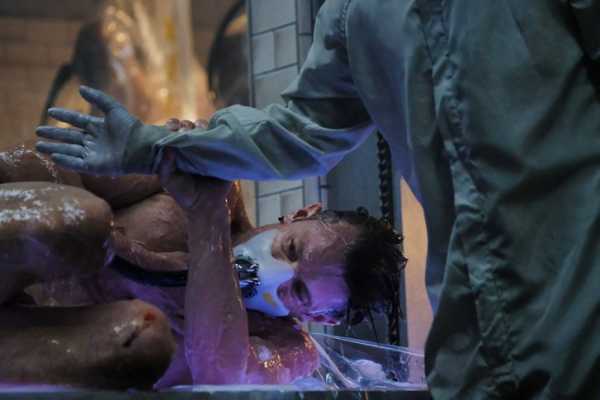
Photograph by Katie Yu / Netflix
“Altered Carbon”
“Altered Carbon,” the new sci-fi drama on Netflix, is about computerized
consciousness. It takes place in San Francisco in the year 2384, when
people have consciousness-storing computer chips, called “stacks,”
implanted in their spines. If someone dies, his stack can be kept in
storage indefinitely, or “spun up” in virtual reality, or implanted into
a new body, called a “sleeve.” Using this technology, prisoners serve
their sentences in V.R., murder victims testify against their murderers,
and the super-rich live forever, cycling through one sleeve after
another. “Sleeve death” can be an exciting experience; thrill-seeking
reaches new heights once the human body is disposable.
Aesthetically, “Altered Carbon” combines “Blade Runner,” “The Matrix,”
and “Game of Thrones”: it’s lurid and violent, with a tech-noir vibe.
When people aren’t naked, they’re turning up the collars of their
futuristic raincoats; when they aren’t muttering sci-fi jargon, they’re
killing each other with samurai swords. At first, I found this
atmosphere off-putting—then I thought, Sweet. The fighting is undeniably
cool, and the cast is diverse and charismatic. (Often the same character
is portrayed in multiple bodies.) Each episode suggests new ways in
which computerized consciousness will mess with our heads. In one scene,
a police detective (the Mexican star Martha Higareda) surprises her
family at a Halloween party by bringing along her deceased grandmother;
the grandmother’s stack has been “re-sleeved” in the body of a tattooed
young man, and she proceeds to debate the ethics and theology of
surviving death with her Catholic relatives.
It’s an understatement to call “Altered Carbon” dystopian. In 2384,
violent men pay to murder women. (Graciously, they also pay for the
women’s new sleeves.) Having been freed of the constraints of their
bodies, human beings have run headlong into their spiritual limitations
and become even more bestial. As in “Westworld,” the show’s depravity
has a meta dimension: “If you find these scenes exciting,” it seems to
say, “then this is the kind of world you’ll build.” That moral core is
what makes the show truly interesting.—Joshua Rothman
Sourse: newyorker.com

